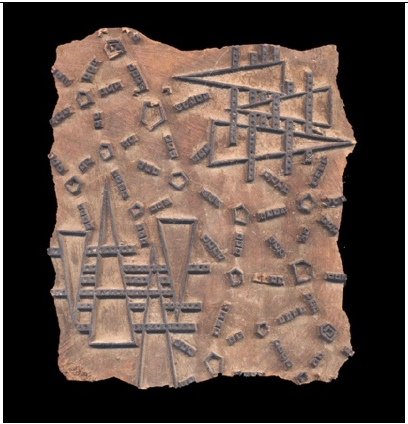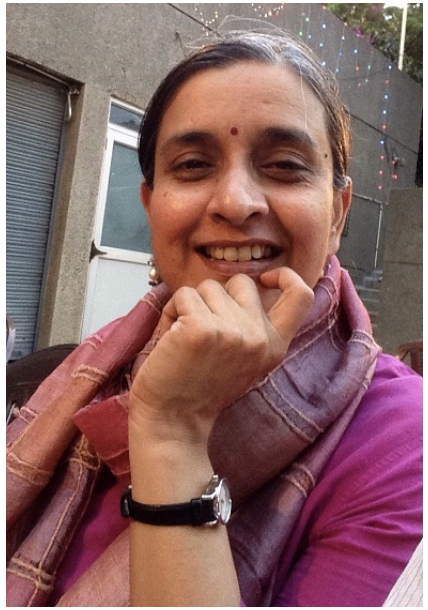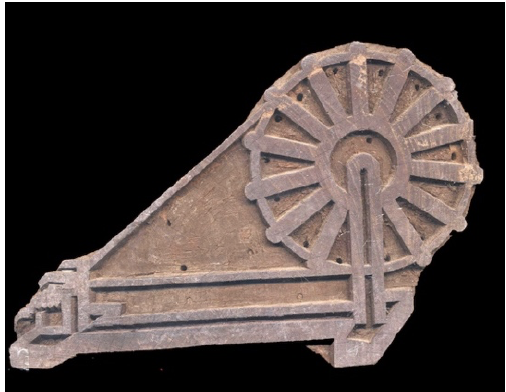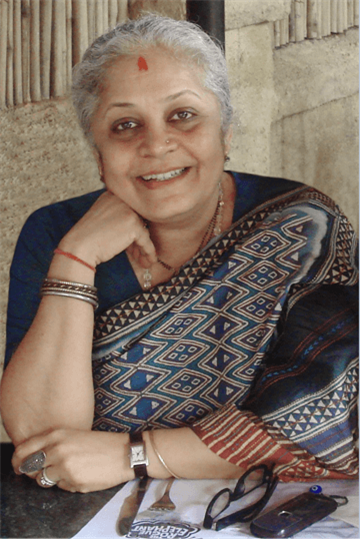
2024-2025 IARTS TEXTILES OF INDIA GRANT RECIPIENT
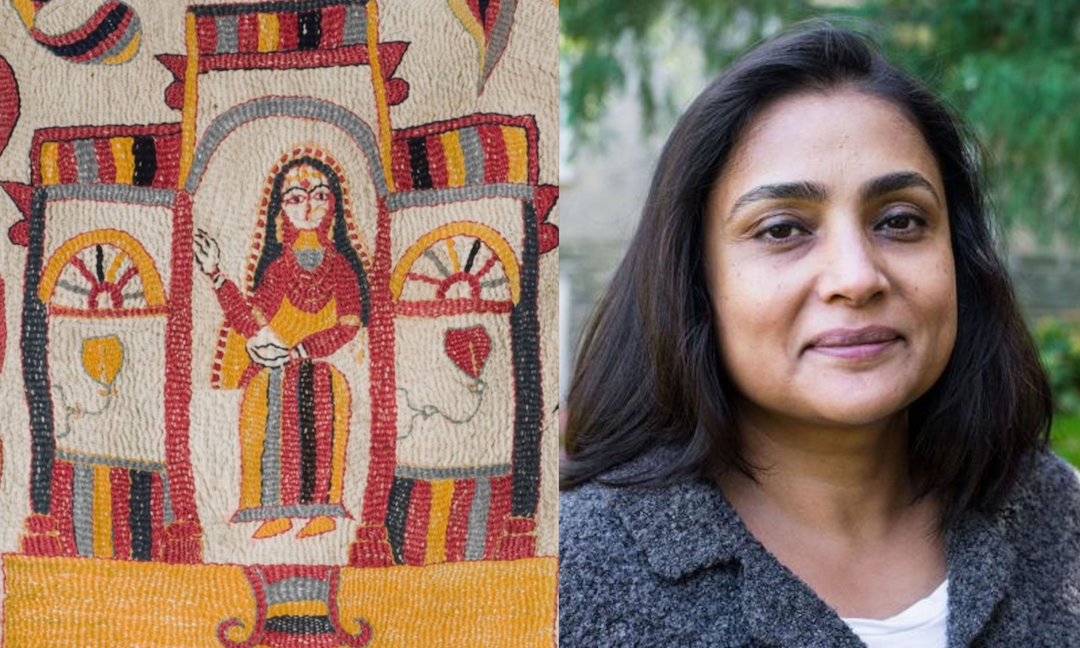
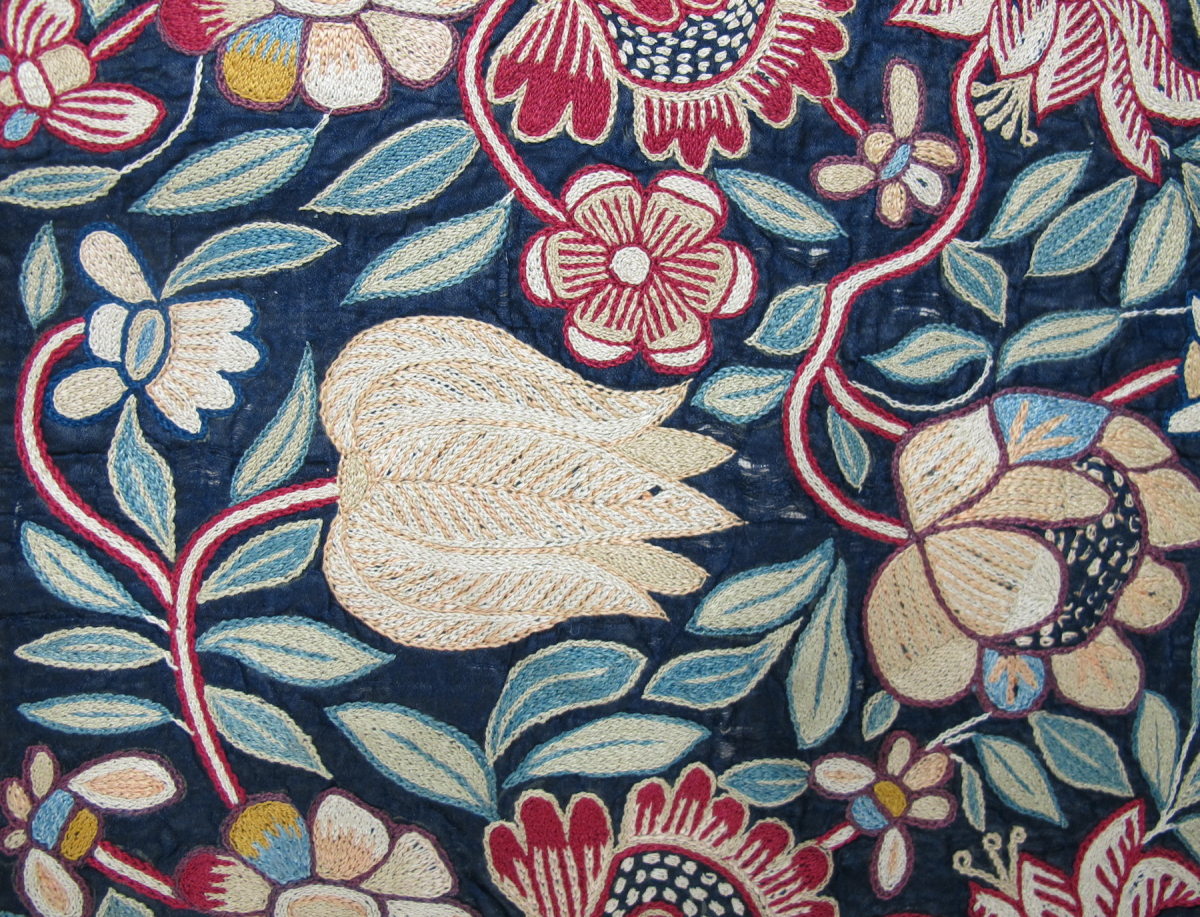
Connecting Kantha with Colcha: Textile Histories and the Making of Early Modern Bengal
We are pleased to announce the recipient of the 2024-2025 IARTS Textiles of India grant is Pika Ghosh, a US-based scholar of the material culture of Eastern India. The project will explore contemporary and historical embroidery practices in the Bengal region through the kantha, considered a household article and womens’ work, and the colcha, created centuries earlier as part of the maritime export of luxury textiles from Bengal for the Portuguese elite. Examining historical examples side by side, the project asserts a continuous history between these two groups, thus reimagining repositories of embodied knowledge, internalized through practice, that was handed down over the generations. This research will result in new scholarship and public programming that brings contemporary kantha embroiderers to the ROM.
*The next call for applications will open in late 2025*
About the Grant
The IARTS Textiles of India Grant supports a project on Indian textile arts. This biennial grant of $15,000 CAD can be used anywhere in the world by anyone in the world toward a project that enhances knowledge about Indian textiles, dress, or costume. Applicants can include scholars, curators, educators, community leaders, artists and enthusiasts. Projects can be research-based or creative, and must further the preservation, documentation, encouragement, improvement, interpretation, or revival of Indian textile arts towards enhancing a critical awareness about their history and/or future. Through the support of such activities, the grant is meant to encourage cultural understanding, institutional collaboration, and public engagement.
The award has two components:
-
A project on Indian textiles, which can include research in any institution or collection, fieldwork, apprenticeship, revival activities, creative work or interpretation. Maximum of $15,000.
- A public program related to the project presented in Toronto, Canada or online at the end of the award period, which can include a lecture or workshop, a publication, an online exhibition or resource, an installation, a performance, or any combination of these. The details of this program can be discussed further with museum staff after the grant has been awarded. In the application, we are interested in your vision for a public outcome that can be put together by the end of the grant period. Maximum of $7000 is available for this part, which is separate from the $15,000 grant. Program funds will be directly administered by the ROM. Please note that the mounting of a physical exhibition does not fall within the budget. ROM can provide invitation letters for travel to Toronto but cannot guarantee visas; international applicants should plan to apply 4-6 months in advance. If the grant facilitates the production of artwork, ROM reserves the right of first refusal to acquire the artwork.
Eligibility
The award can be made to a person or a group of people. It is open to residents of any country, 18 years and older.
Level of Award
A grant of $15,000 CAD is given for the proposed project. The grant can be used for direct expenses related to the project such as transportation, visas, accommodation, supplies, equipment. Fees for professional services (such as videographer, translator) are allowed up to $5000. Applicants without full-time employment are allowed a stipend up to $5000. Please note that you will be asked to submit a report about halfway through the grant period and an account of how project grant funds are spent will be required at the end of the grant period, with original receipts wherever possible. The award does not cover travel for the applicant's students, installation costs for a museum exhibition, or top-up of regular salaries.
Award Selection Criteria
- Applicant's demonstrated history of engagement with and passion for Indian textiles
- Originality and innovativeness of the project, especially toward new perspectives, sources, or methodologies in the field of Indian textiles
- Rigour of the project
- Care and clarity of objectives and design of the project
- The viability of the project within the time frame and budget, and how prepared the applicant is to carry out the project
- The contribution of the project to the applicant’s personal or professional development
- The impact of the project on wider audiences and communities
- Letters of support
Application Materials. Click here for application form DOC or PDF.
- Completed 2024 Application form. 7 pages max.
- 2-page resume for the lead applicant(s). If more than one lead applicant, please designate who will be responsible for communication, reporting, and budget.
- Supporting letter(s) from institutions, organizations, or individuals with whom you plan to carry out the project. If working with makers, ensure the project is co-produced with them.
- 2 reference letters in support of the project and lead applicant(s), emailed separately and directly to iarts@rom.on.ca by the deadline.
Please submit all applications materials and queries to iarts@rom.on.ca
Origins
Past Recipients
2021-2022 Suchitra Balasubrahmanyan and Mala Sinha
The Modern in Print: Exploring Contemporaneity in Urban Indian Textiles
The hand block printing of mill-woven textiles in India’s urban centres in the twentieth century is an unexplored chapter of Indian textile history, as is the great local consumer demand for these same fabrics. This project explores modern urban textile-craft histories in India through the study of an archive of over 7000 hand-carved wooden blocks retrieved from a textile printing unit in Mumbai. The team seeks to show the emergence of a modern urban aesthetic and material culture through 'traditional' crafts through creating sample prints from the block archive, recording oral histories from participants in twentieth-century cloth printing in Mumbai, and archival research.
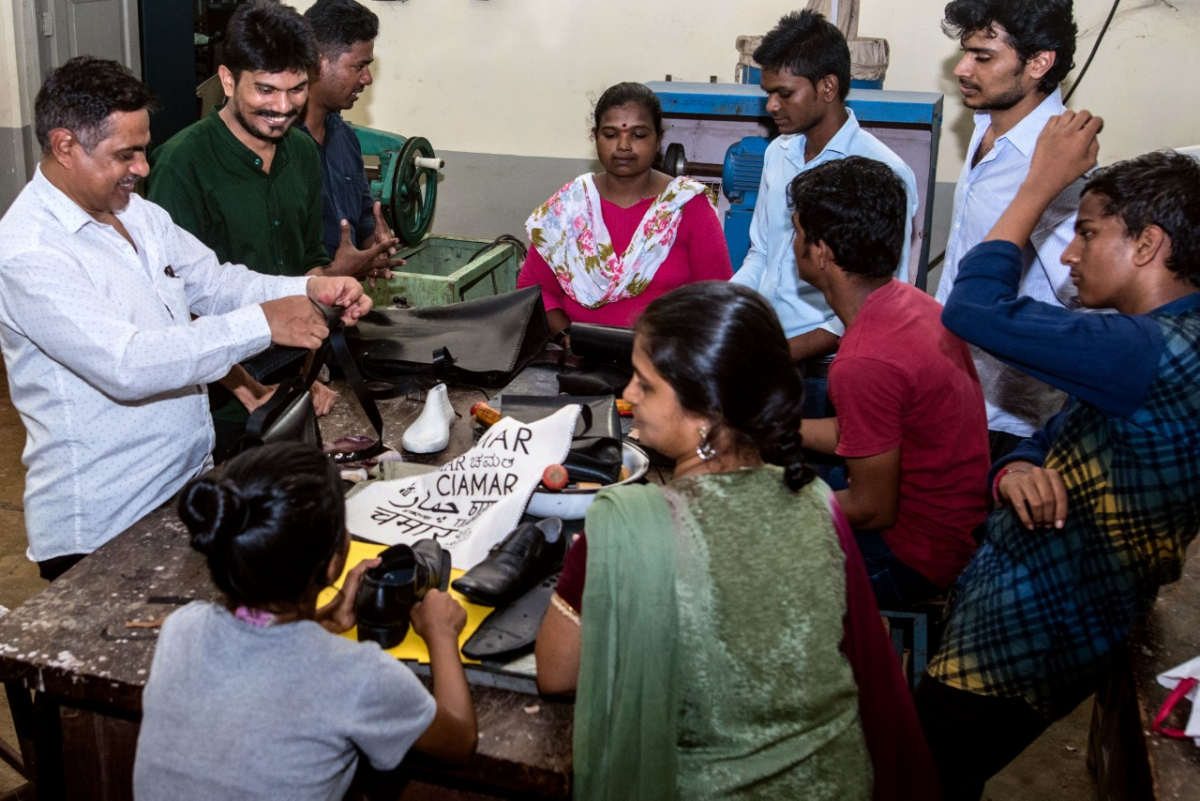



Photo credits: left and middle by Debdeep Roy, right by Sajdeep Soomal
2021-2022 Sudheer Rajbhar and Sajdeep Soomal
Last. Saw.
The project builds on the work of Mumbai-based Chamar Studio (@chamarstudio), founded in 2018 by Sudheer Rajbhar. This nomadic cooperative of Dalit cobblers redesigns and stitches small objects and leather goods using a viable alternative: recycled material made from tire waste. The project included workshops designed to encourage artistic experimentation using rubber materials and awareness of health and environmental risks of some leatherworking practices. In Fall 2023, Studio Charmar, with collaborator Sajdeep Soomal presented a public program and website The Leather Archive of India.



2019-2020 Swapnaa Tamhane
Mobile Palace
Swapnaa Tamhane is an artist, curator, and writer. She worked with wood-block carver Mukesh Prajapati, printer and dyer Salemamad Khatri (artisan-designer), and the female embroidery collective Qasab, all from the western Indian state of Gujarat, to produce an immersive textile-based installation that translates elements of the Mill Owners’ Association Building into repeated patterns. Inspired by the ‘mobile palaces’ of the Mughals and Ottoman tents, Tamhane's artwork dissolves the boundaries between what is considered traditional and modern artistic practice in order to decolonize ideas about art-making and craft. The work was featured in the exhibition "Swapnaa Tamhane: Mobile Palace" (March 12 to August 1, 2022) and accompanying publication. Learn more about her work at www.tamhane.net
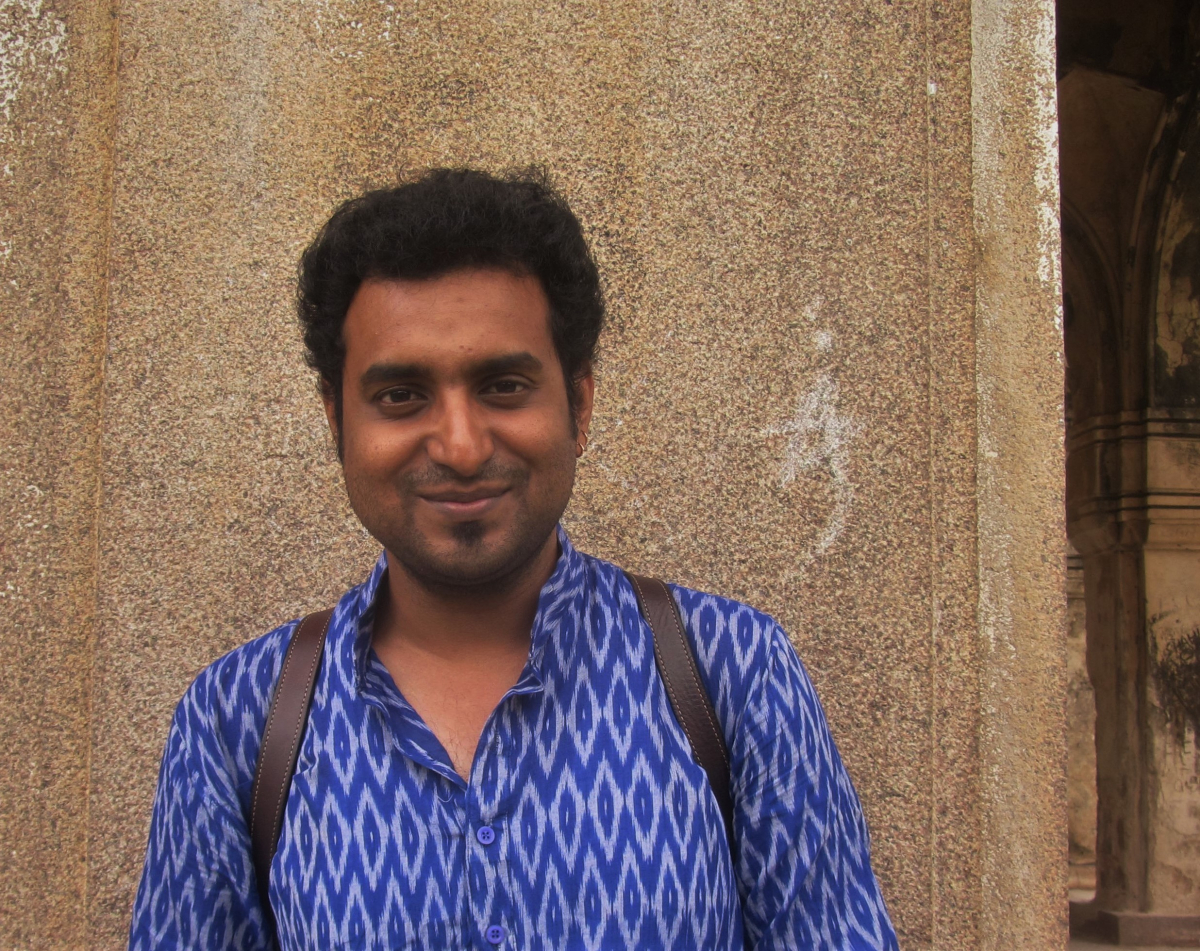
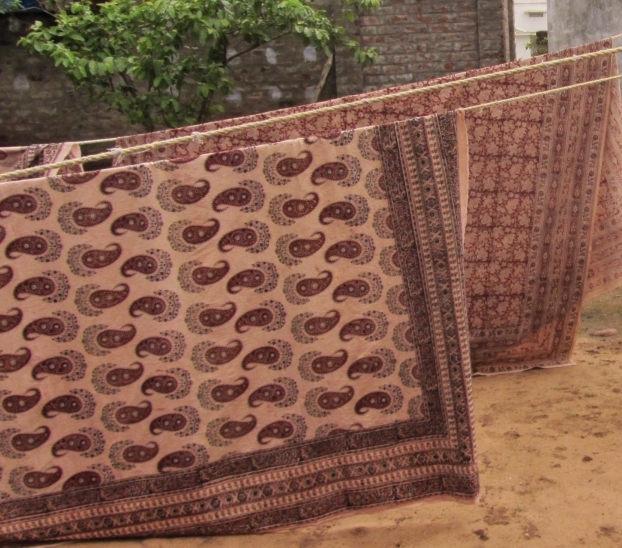
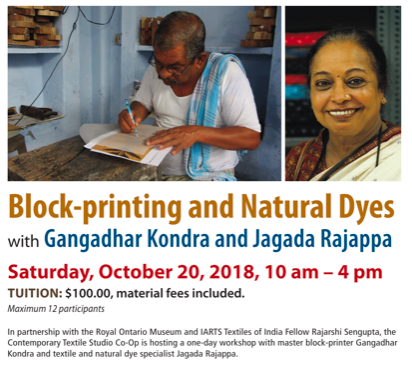
2017-2018 Rajarshi Sengupta
From Repetition to Reconstruction: Textiles, Tools, and Artisanal Knowledge in the Deccan
Rajarshi Sengupta, while a PhD student at the University of British Columbia, carried out innovative work on the creation and transmission of knowledge amongst block carvers and textile artisans in the Deccan region of South-Central India. Working closely with families who have practised their arts for centuries, Sengupta has shed new light on artisanal perspectives of knowledge production and facilitated a collaborative publication initiative. In Fall 2018, Sengupta and master block carvers present a public program at the ROM, where the artists share their practice with Canadian audiences. Read about his work on the ROM Blog and his institutional webpage.

